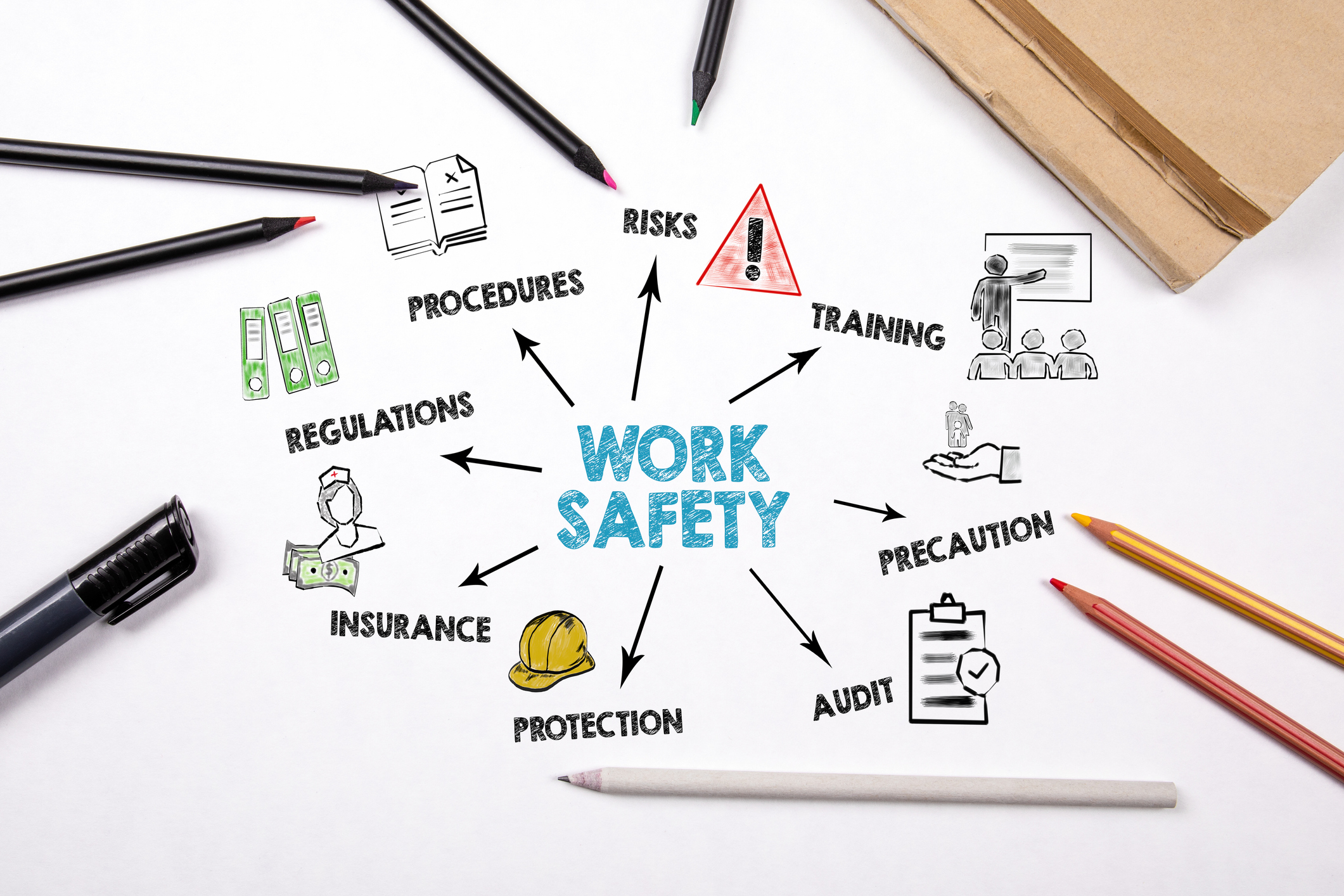
The Parking Industry is on fire right now (sometimes literally but we'll get to that). With the sale of EV vehicles booming and the world looking to develop greener and more sustainable infrastructure, demands are higher than ever to revamp the way we approach urban living. This is good news for those in the parking industry as it means a lot of business for developing greener parking technology, environmentally friendly construction methods, EV charging points and hubs, and overall nurtures endless possibilities for innovations and solutions.
With all of this opportunity and change, it's easy for certain aspects to be overlooked... like health.
Health in the parking industry is not something often discussed, as with many industries it can sometimes neglected in the race for progress. Long term though, this can be disastrous for both the industry and the people in it. This week Parking Network is going to focus on health and explore topics from health and safety to those using car parks, but also those building them.
Risks When Working In or Constructing a Car Park
So much of our world is being automated with AI, but we are not yet at the stage where robots/AI can fully replace our presence on construction sites (yet..). Until we can push our manual labor fully to machines, we still need people on the ground to help us update our parking facilities. so what are the risks involved here and how do we make it safe?
1. Exposure to Vehicle Emissions/Dust: Workers involved in construction or maintenance activities may be exposed to vehicle emissions, leading to respiratory issues. With conditions like asthma on the rise after Covid, air pollution is of huge concern to outside workers. To avoid exacerbating symptoms, proper ventilation in enclosed areas must be ensured, along with the use of personal protective equipment such as masks, respirators, and gloves. Regular breaks away from car parks for both construction and maintenance/security workers in well-ventilated areas can also reduce exposure.
2. Physical Injuries: Construction and maintenance work in car parks can involve physical hazards like slips, trips, falls or even collisions with vehicles. To prevent injuries, certain safety protocols must be present such as slip-proof or permeable flooring, lighting, barrier guides, and reflective signs or barrier wraps. Personal protection is also a hard requirement from employers such as hard hats, safety boots, and high-visibility clothing. Provision of these safety measures is not enough of course, with regular training on safe work practices, such as proper lifting techniques and maintaining clear walkways, being crucial.
Prioritizing health and safety measures ensures a safe environment, minimizes the risk of accidents, reduces the potential for injuries or health issues, and fosters a sense of security for all individuals.
3. Noise Exposure: Often an aspect of health that is overlooked until it is too late, hearing can be damaged by prolonged or sudden exposure to high levels of noise. Construction activities in car parks can generate high noise levels, potentially leading to hearing damage. Solutions are available, like sound barriers, earmuffs, or earplugs to reduce exposure. Regular monitoring of noise levels and providing hearing protection equipment to workers can also help prevent damage.
4. Chemical Hazards: Car park construction may involve the use of hazardous chemicals, such as adhesives, sealants, or paints. Proper handling, storage, and disposal of these substances are essential to prevent chemical exposures. Follow safety data sheets (SDS) guidelines, use appropriate PPE, and ensure workers are trained in the safe handling of chemicals.
5. Musculoskeletal Disorders (MSDs): Manual handling of heavy materials or repetitive tasks can lead to MSDs such as back pain or strains. Promote proper ergonomics by providing equipment like trolleys or lifting aids, organizing workstations ergonomically, and encouraging workers to take regular breaks and stretch. Training on proper lifting techniques and promoting a culture of ergonomic awareness are crucial in preventing MSDs.
6. Psychosocial Factors: Last but not least...The demanding nature of construction work and tight project schedules can cause high levels of stress and mental load. Similar to those personnel who monitor the safety of car parks, prolonged periods in isolation (such as night-time workers) can lead to stress, fatigue, and mental health issues. To prevent burnout or other mental health issues, we can help employees by providing them with strategies to manage their workload and signal when things are getting too much. Supporting workers through regular communication, access to rest areas, and stress management programs. Trying to foster a positive work environment that promotes work-life balance and open communication can be the difference between employees thriving or developing serious mental health issues.
Creating a safe environment in car parks is a shared responsibility. Being aware of the hazards is the first step for car park owners and operators. Prioritizing regular inspections, maintenance, and security measures not only mitigates risks but also promotes confidence and peace of mind for workers and in the end, users of parking facilities. Next week we will look at keeping parking safe for users. The measures we can take together as parking industry professionals, and who to get into contact with if you want to upscale your safety measures in your parking facility.
Interested in our blog topics? Want to comment or suggest a topic for the future? Email elaine@parking.net.





